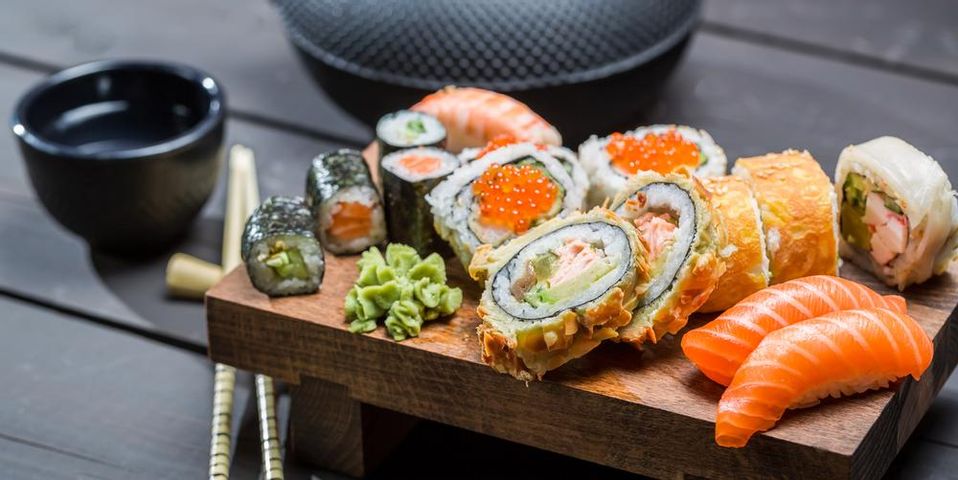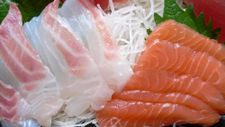
Sushi and sashimi are two staples of traditional Japanese cuisine and come in a variety of different types. However, many people group the two together. The staff at Natsunoya Tea House—the leading catering and event hosting company in Honolulu, HI—want to explain what makes them unique. Both have their own delicious properties, and by understanding the difference, you’ll know what to order next time you visit a sushi bar.
Sushi vs. Sashimi
Sushi
Sushi—which means “sour-tasting” in reference to the essential vinegared rice—is one of the most recognizable Japanese foods. It traditionally includes raw fish ranging from salmon to seasonal fish like sanma and aji, though can be strictly vegetable-based. Sushi chefs use vinegared rice to form a base for the other ingredients, whether in nigiri or nori-wrapped cones or rolls.
Sashimi
 Unlike sushi, sashimi doesn’t include rice or any wrapping. It simply consists of sliced pieces of raw fish like salmon and tuna or other seafood like clams and octopus. Sashimi is usually served alone atop shredded daikon and shiso leaves, though it sometimes garnishes popular Japanese side dishes for presentation. Depending on the chef at the restaurant or catering service, it may be dressed in different spices or flavor rubs, but traditional sashimi is served with no enhancements to appreciate its natural flavor.
Unlike sushi, sashimi doesn’t include rice or any wrapping. It simply consists of sliced pieces of raw fish like salmon and tuna or other seafood like clams and octopus. Sashimi is usually served alone atop shredded daikon and shiso leaves, though it sometimes garnishes popular Japanese side dishes for presentation. Depending on the chef at the restaurant or catering service, it may be dressed in different spices or flavor rubs, but traditional sashimi is served with no enhancements to appreciate its natural flavor.
Sushi and sashimi are both quintessential Japanese foods, so enjoy a mix next time you’re out. If you’re ready to plan a banquet, need catering for an event, or are simply looking to try some of Hawaii’s best sushi, turn to Natsunoya Tea House. They’ve proudly served Oahu residents for almost a century, and are committed to ensuring the food for your next event or party is unforgettable. Call (808) 595-4488 to speak with their staff about their banquet facilities or make a reservation at their sushi bar. Visit their website to learn more about their catering services.
About the Business
Have a question? Ask the experts!
Send your question

